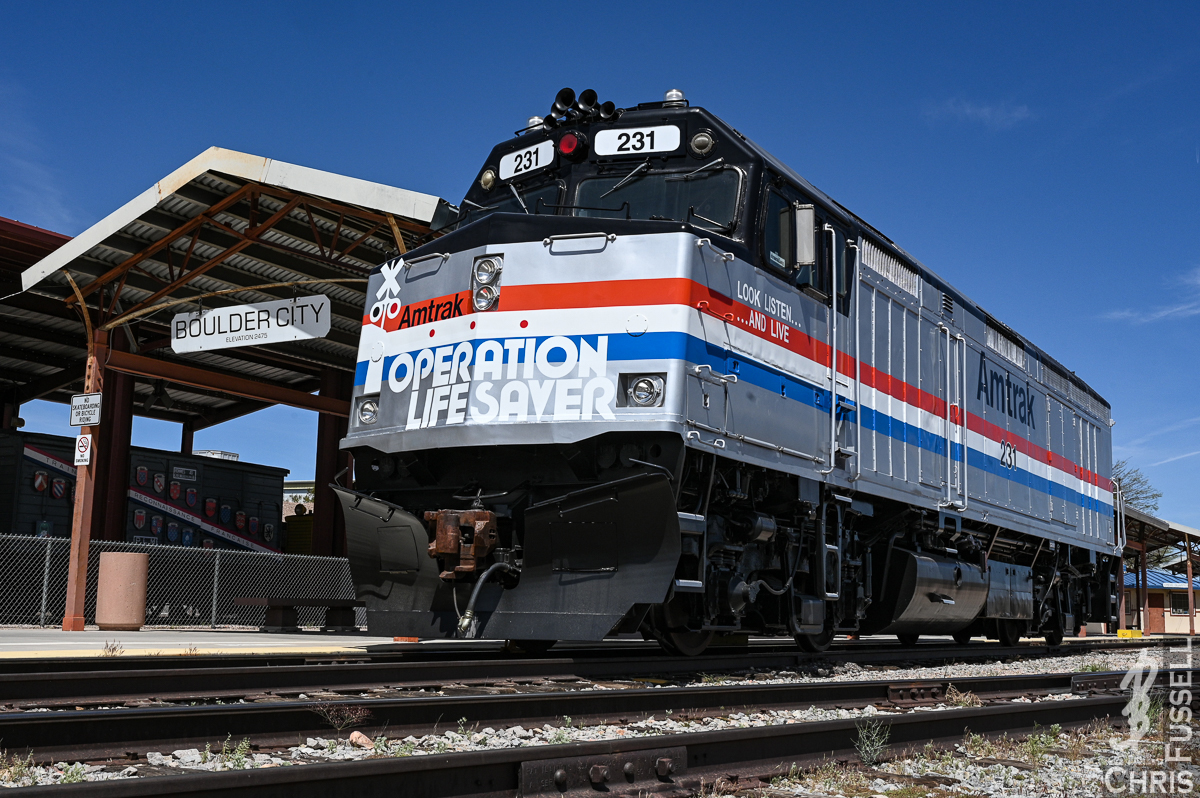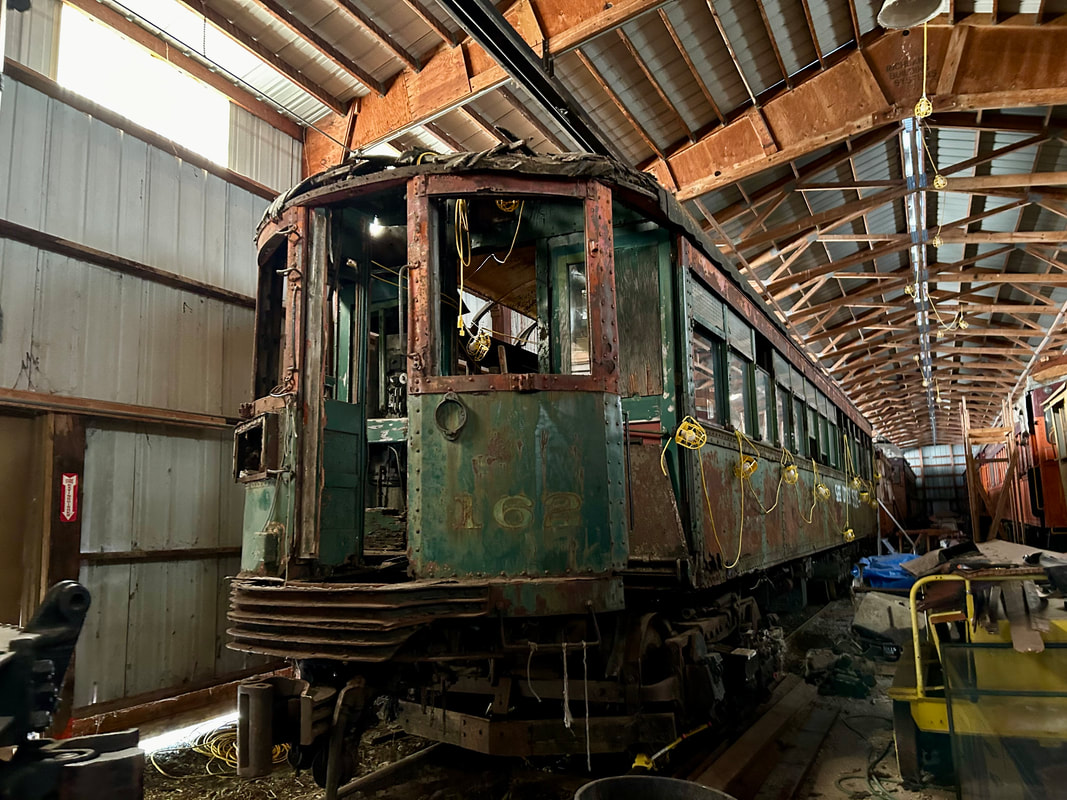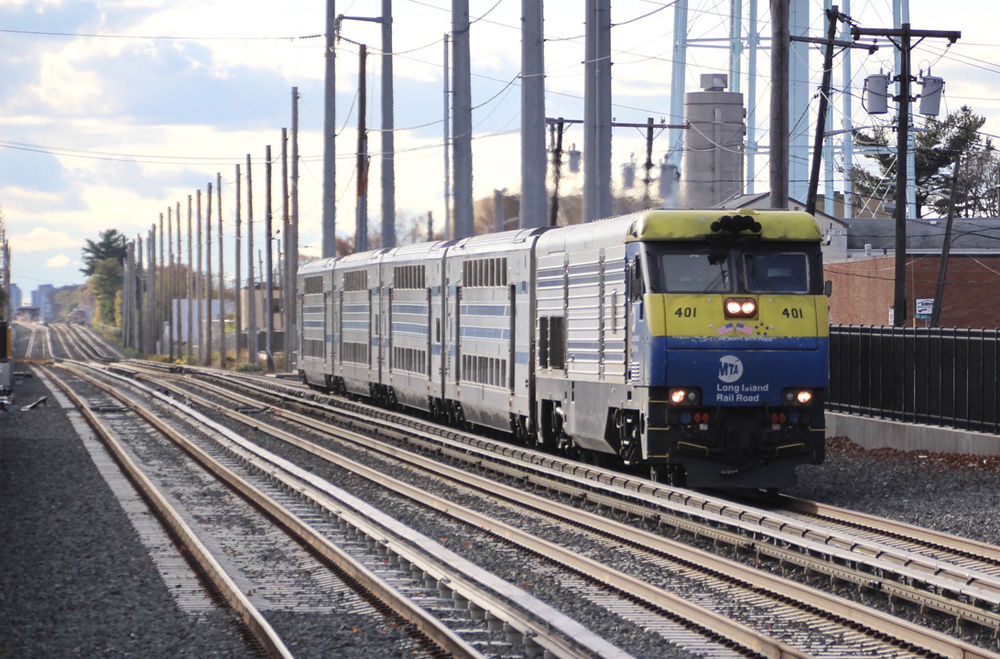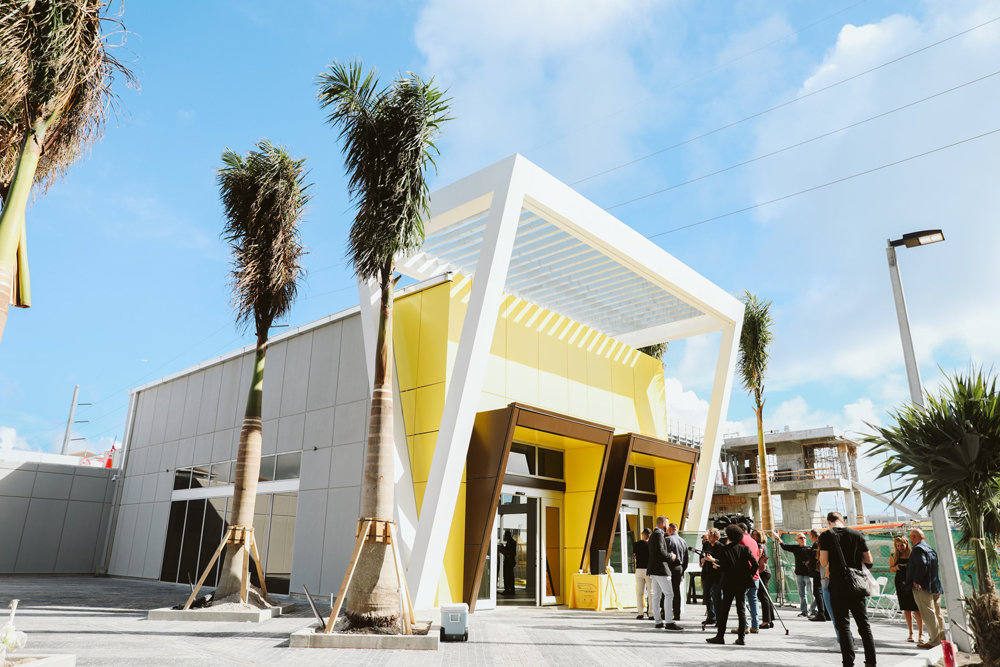NEW DELHI – The Indian Minister of Railways announced it is sending 20 broad gauge WDM-D3 class locomotives to Bangladesh, India’s DD News reported. “India’s relationship with Bangladesh is civilizational, cultural, social and economic. Prime Ministers of both the countries are playing a proactive role to improve bilateral relationships across social, economic and political sectors,” Railways Minister Ashwini Vaishnaw said during a handoff event.
The Indian locomotive class WDM-3D was developed in 2003 by Banaras Locomotive Works for Indian Railways. The model name stands for broad gauge (W), Diesel (D), Mixed traffic (M) engine with 3300 horsepower (3D). Over 590 WDM-3Ds were built by Banaras Locomotives Works in Varanasi between 2003 and 2016. India’s broad gauge is 5 feet, 6 inches.
The locomotives will help in manage an increasing volume of passenger and freight train operations in the state of Bangladesh. To meet the specific requirements of Bangladesh Railway, Indian Railways has made appropriate modifications to the locomotives.
Currently rail five lines connect the two countries, and three pairs of passenger trains run between India and Bangladesh. These are the Kolkata-Dhaka Maitree Express, Kolkata-Khulna Bandhan Express and New Jalpaiguri- Dhaka Mitali Express.
Trade between both India and Bangladesh via rail has witnessed consistent growth with interchange of close to 100 freight trains per month. Export commodities from India include grains, clay, maize, onions, stone, gypsum and other essential items.














I’ve always found it frustrating that India had 5’6″ broad gauge that prevents it from joining the proposed future Silk Route and Interbering RR projects without standard gauge interchange hassles, such as Russia 5′ gauge with China’s standard gauge. Since India has some examples of dual broad/meter gauge track as mentioned above, perhaps that could also apply to dual standard gauge as well, as there should be ample room on the cross ties, provided they’re wood. OTOH, concrete ties could be an impossibility for such an endeavor unless they were manufactured in such a way for that possibility???
Wonder if this is due to these diesels becoming surplus. Indian Railways’ (IR) rapid electrification of several lines has certainly reduced need for diesels on those lines. If so, great use for these locos.
I travelled on the line from Dhaka to Chittagong which appeared to be metre-gauge (but I didn’t measure). Foreigners are treated like VIP’s.
Bangladesh has a mix of meter and broad gauge.
Metre gauge 2,025 kilometres (1,258 mi)
Broad gauge 1,575 kilometres (979 mi)
Dual gauge 1,600 kilometres (990 mi)